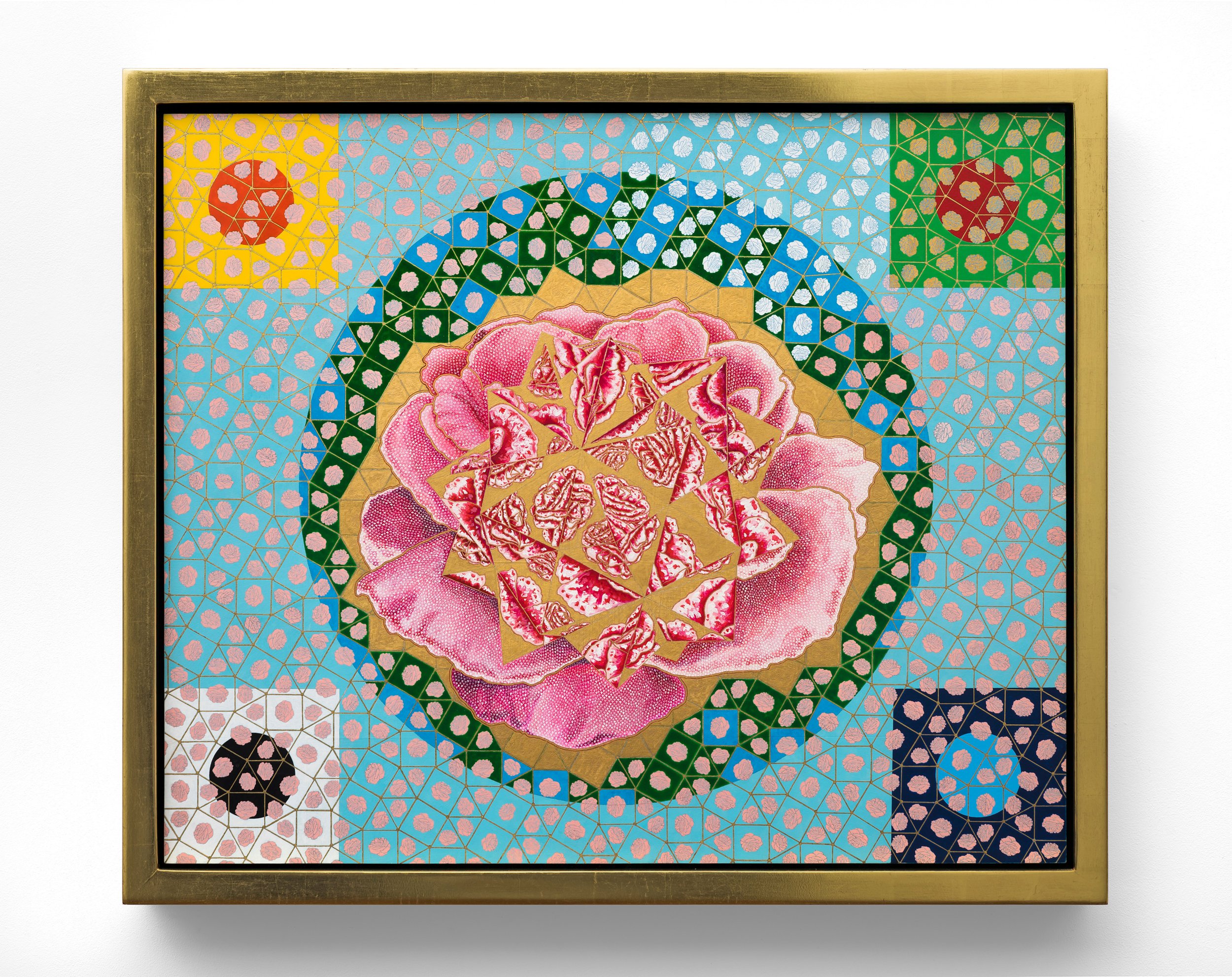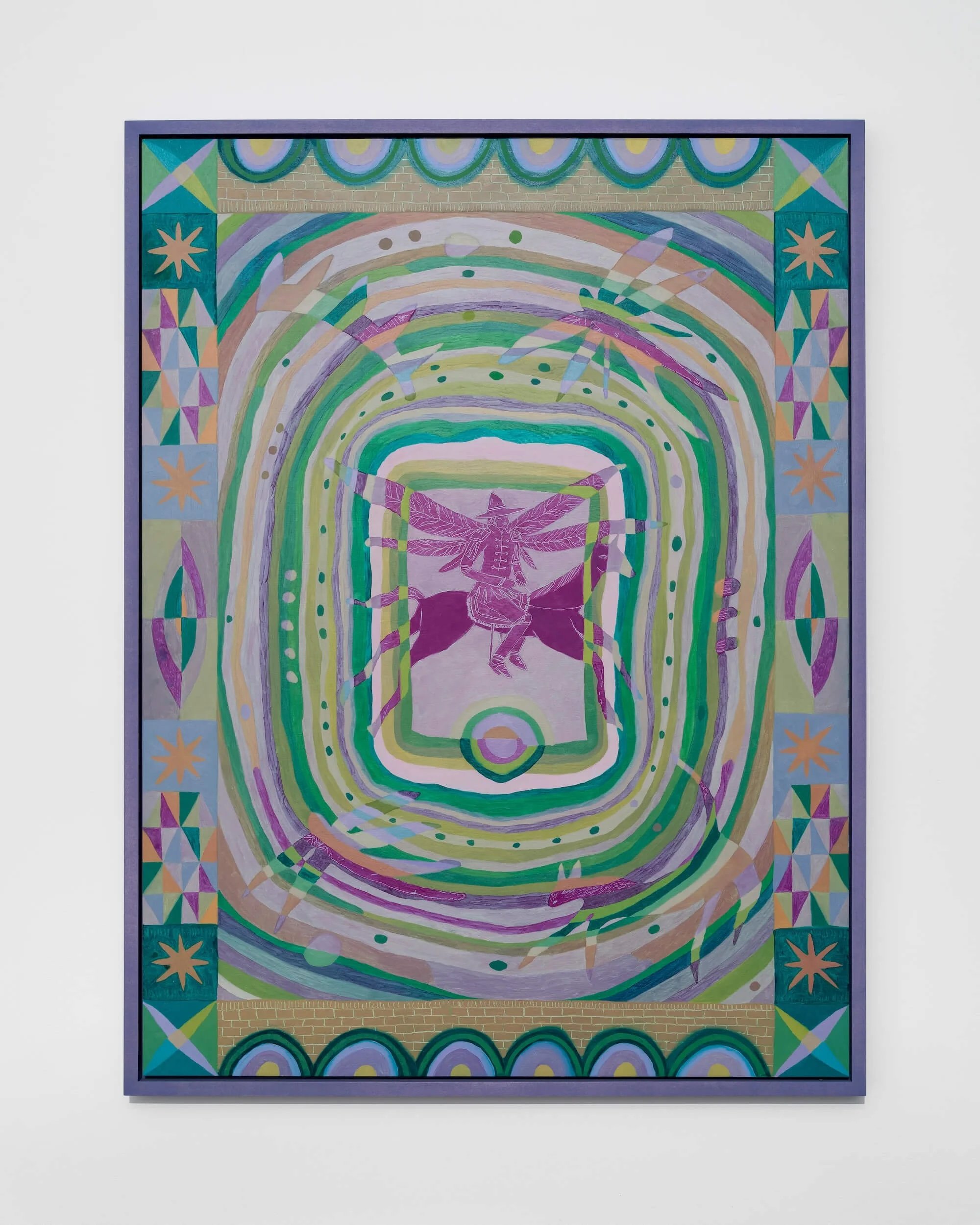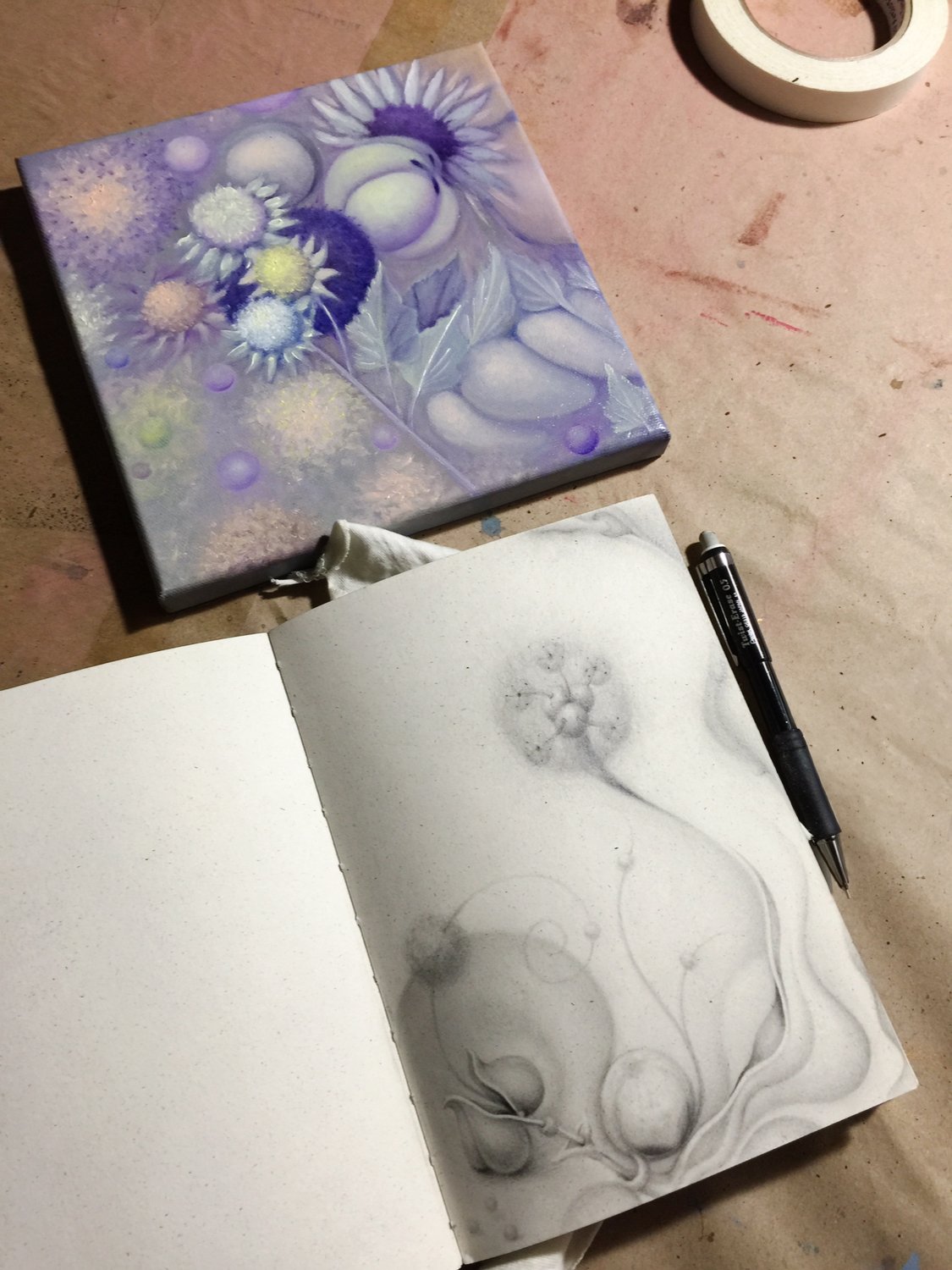Metallurgy: Curated by Rebecca Poarch
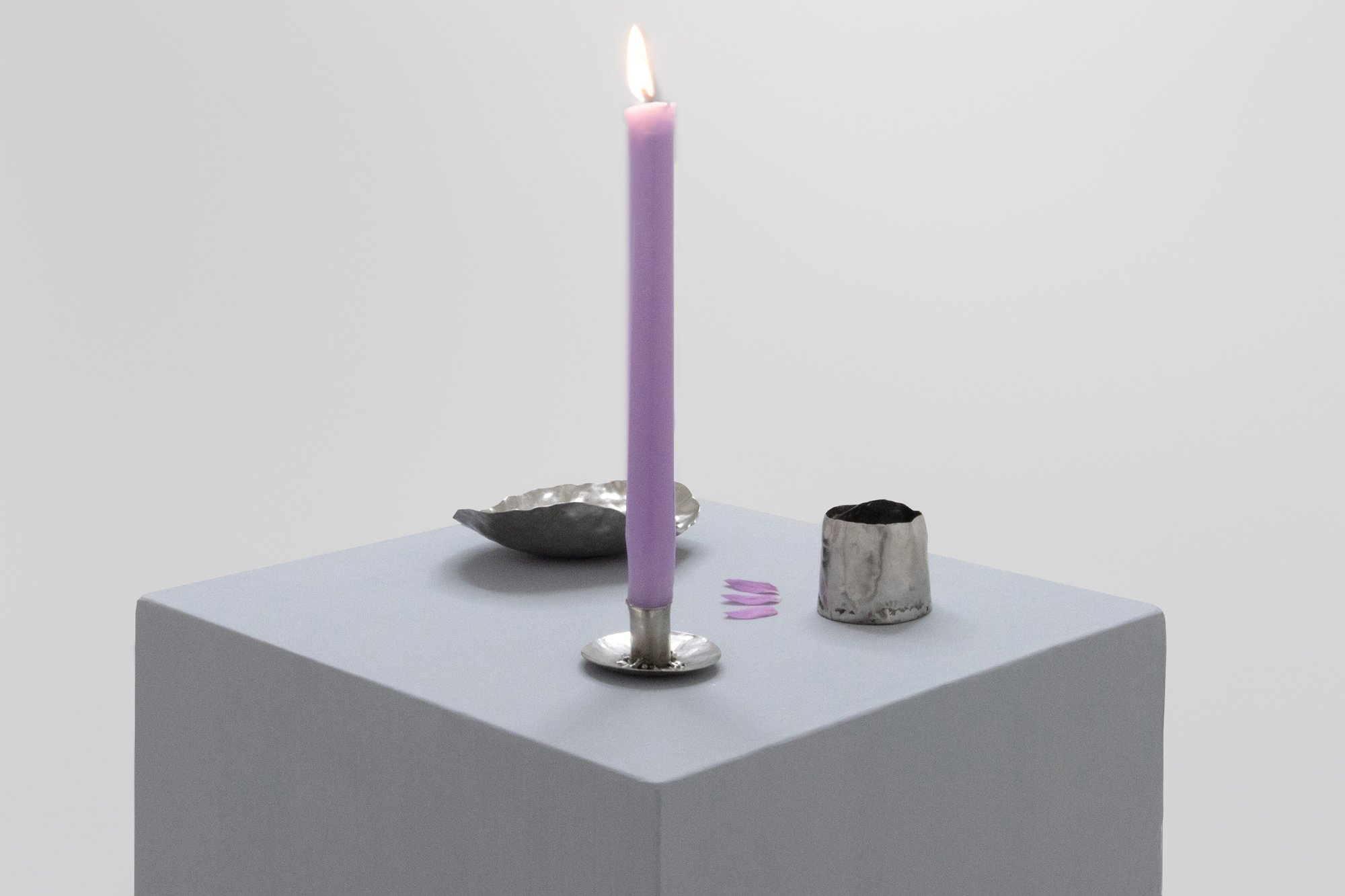
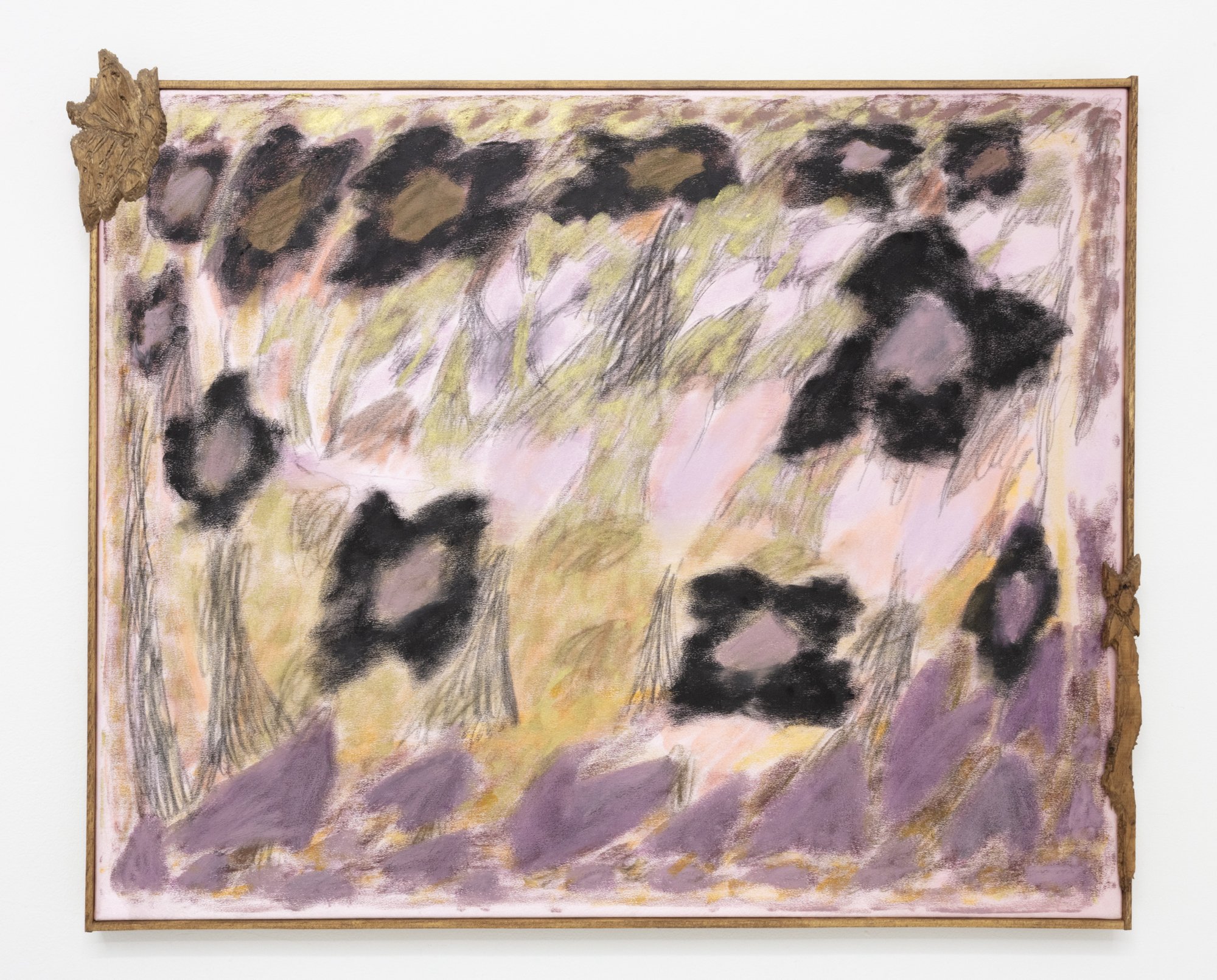
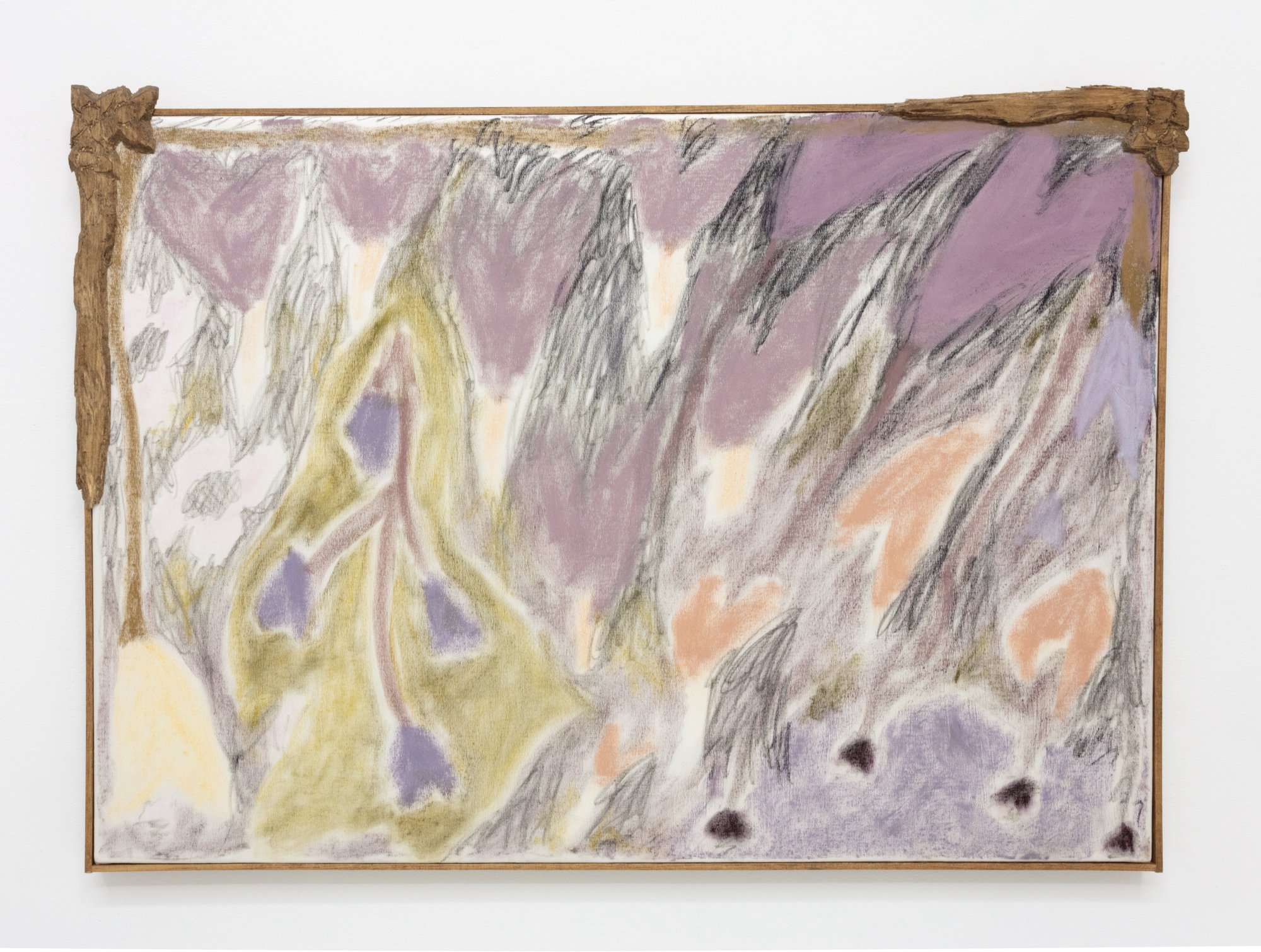
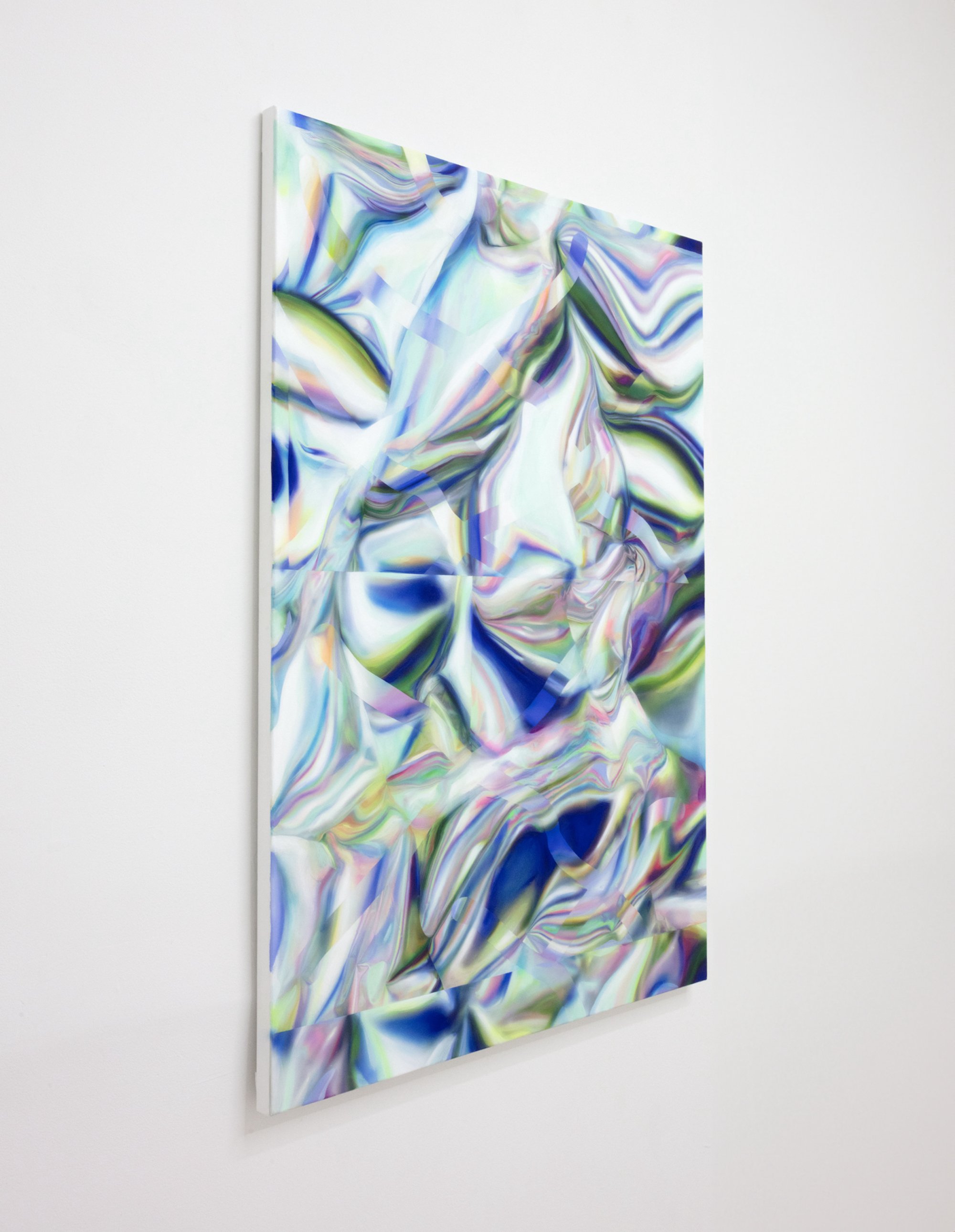
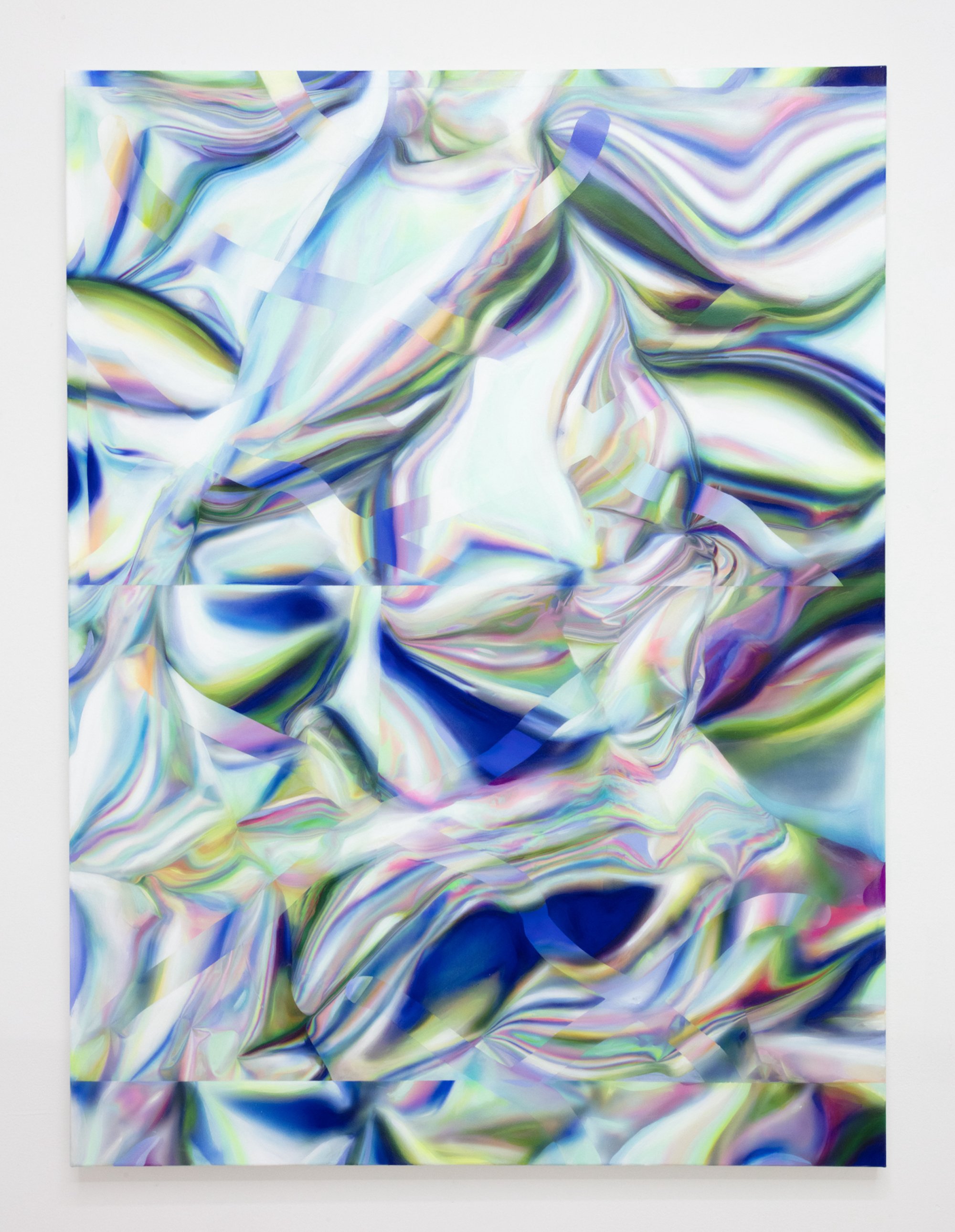


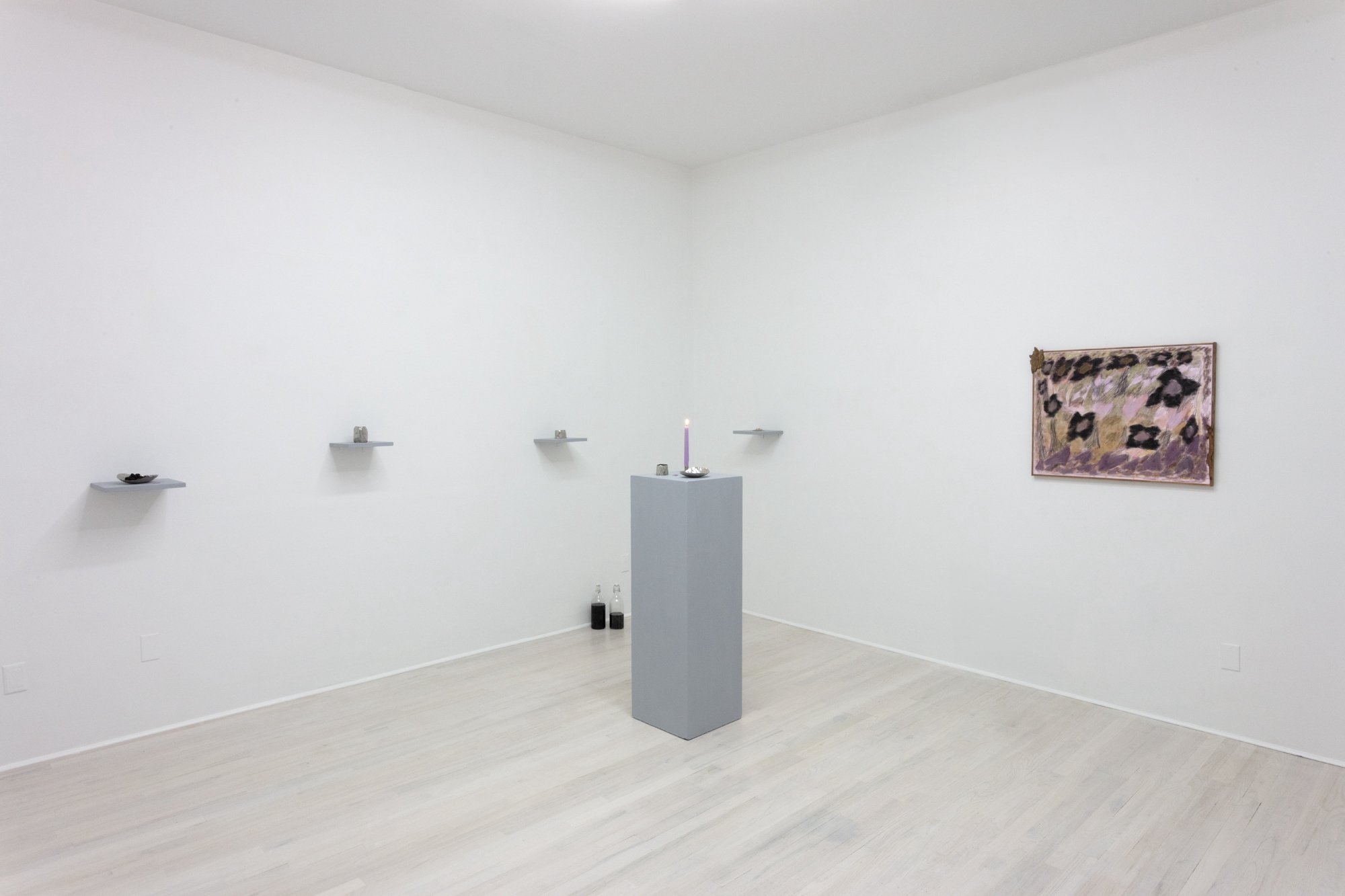

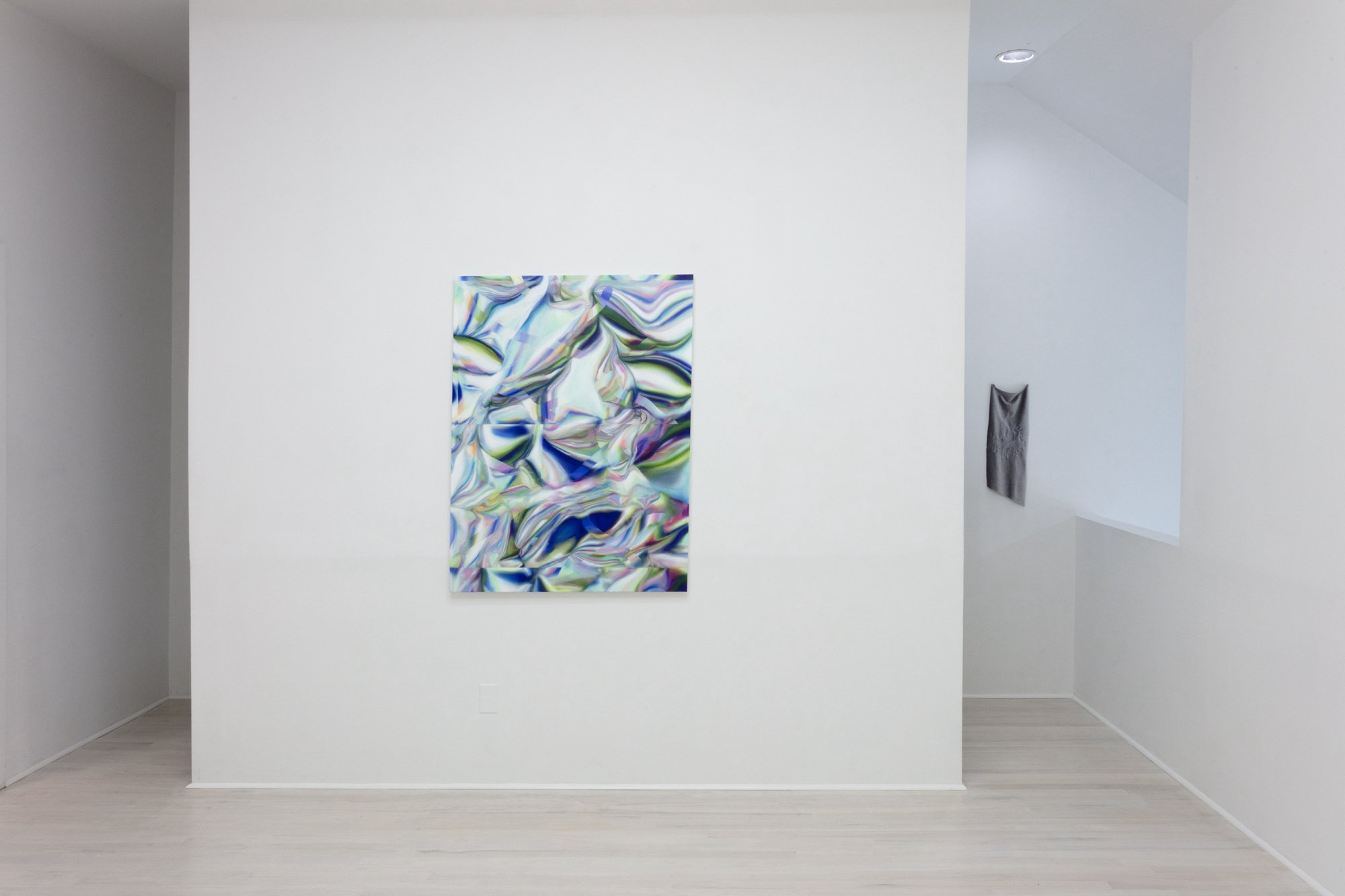
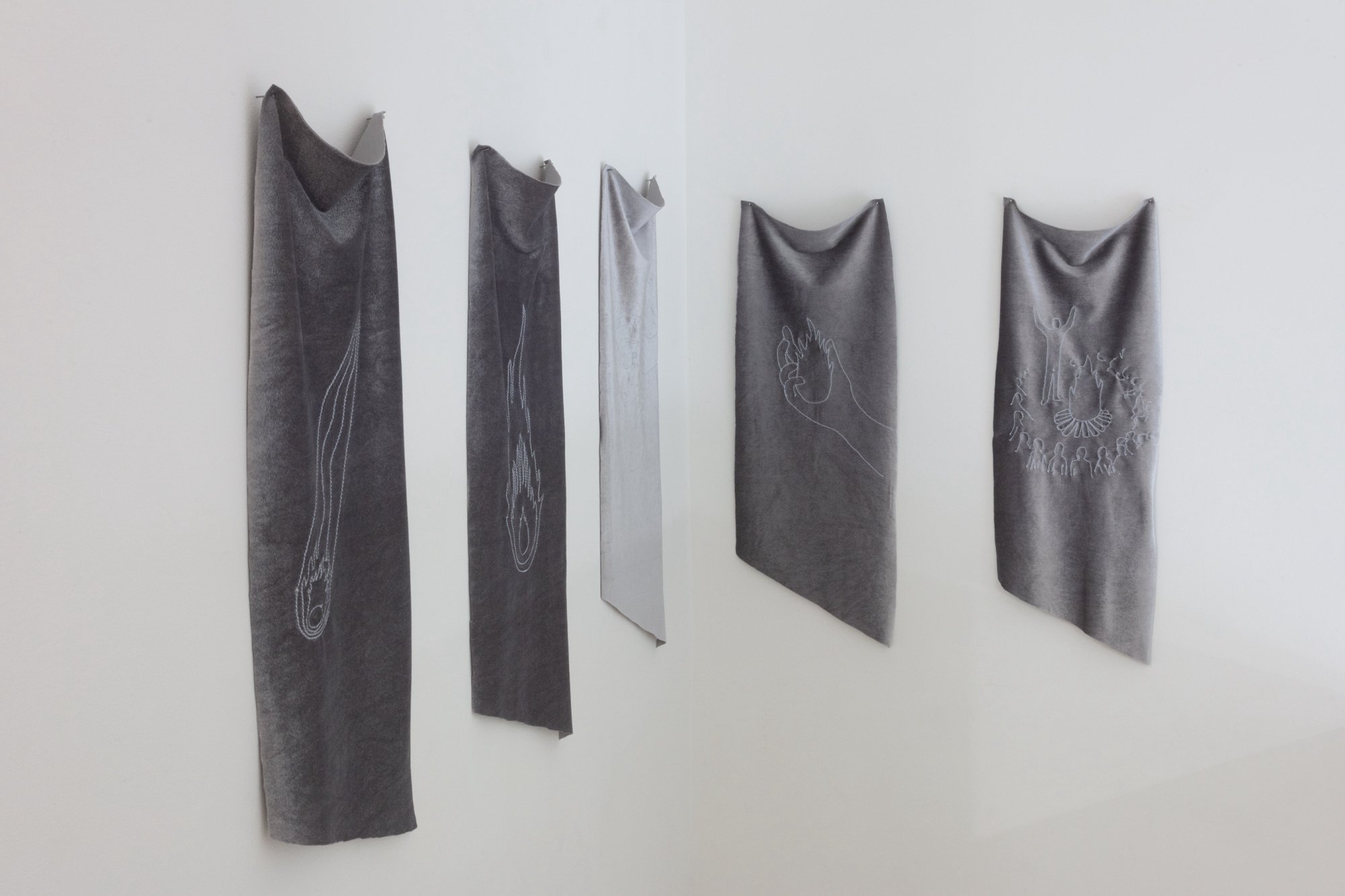
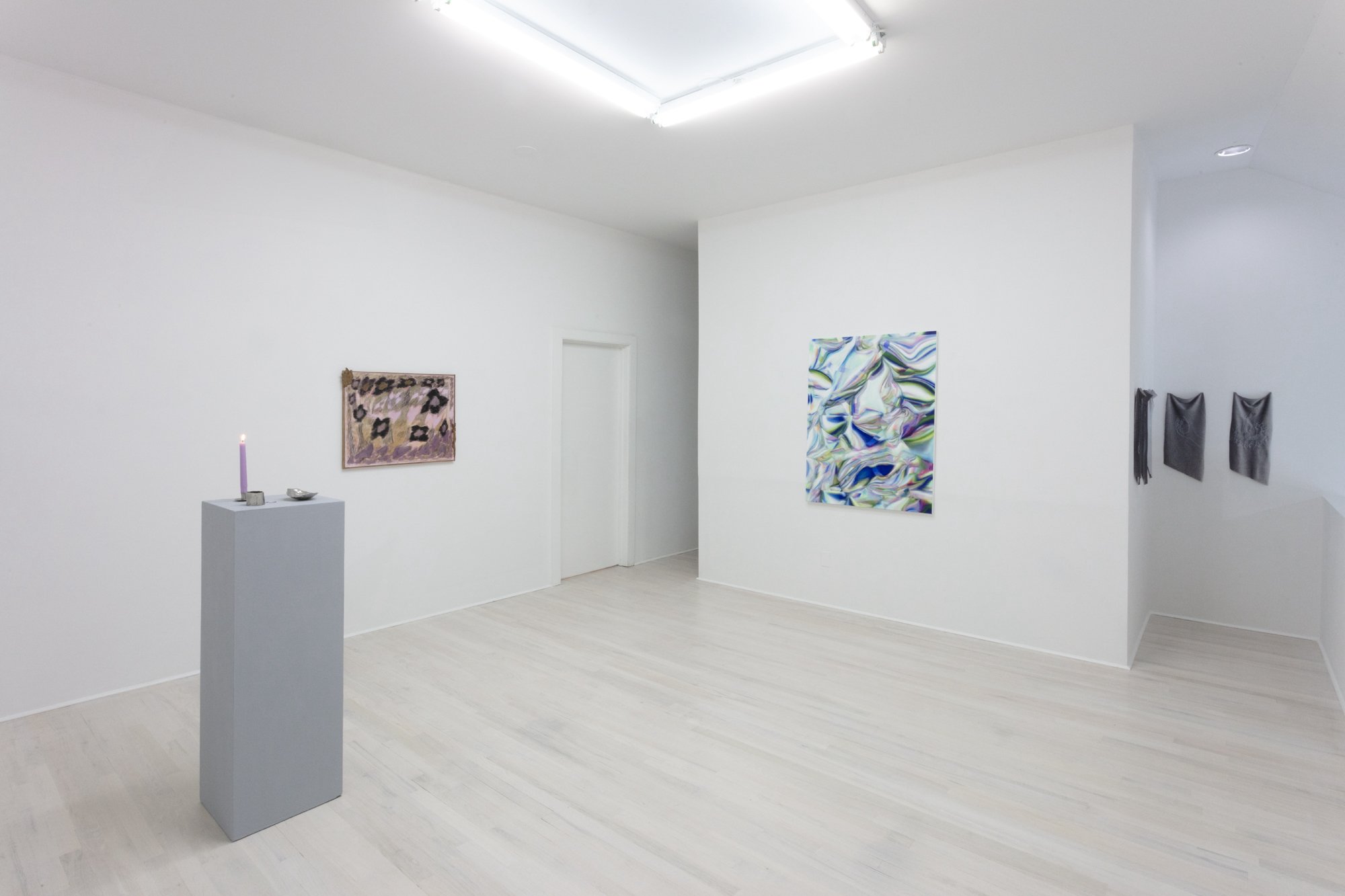
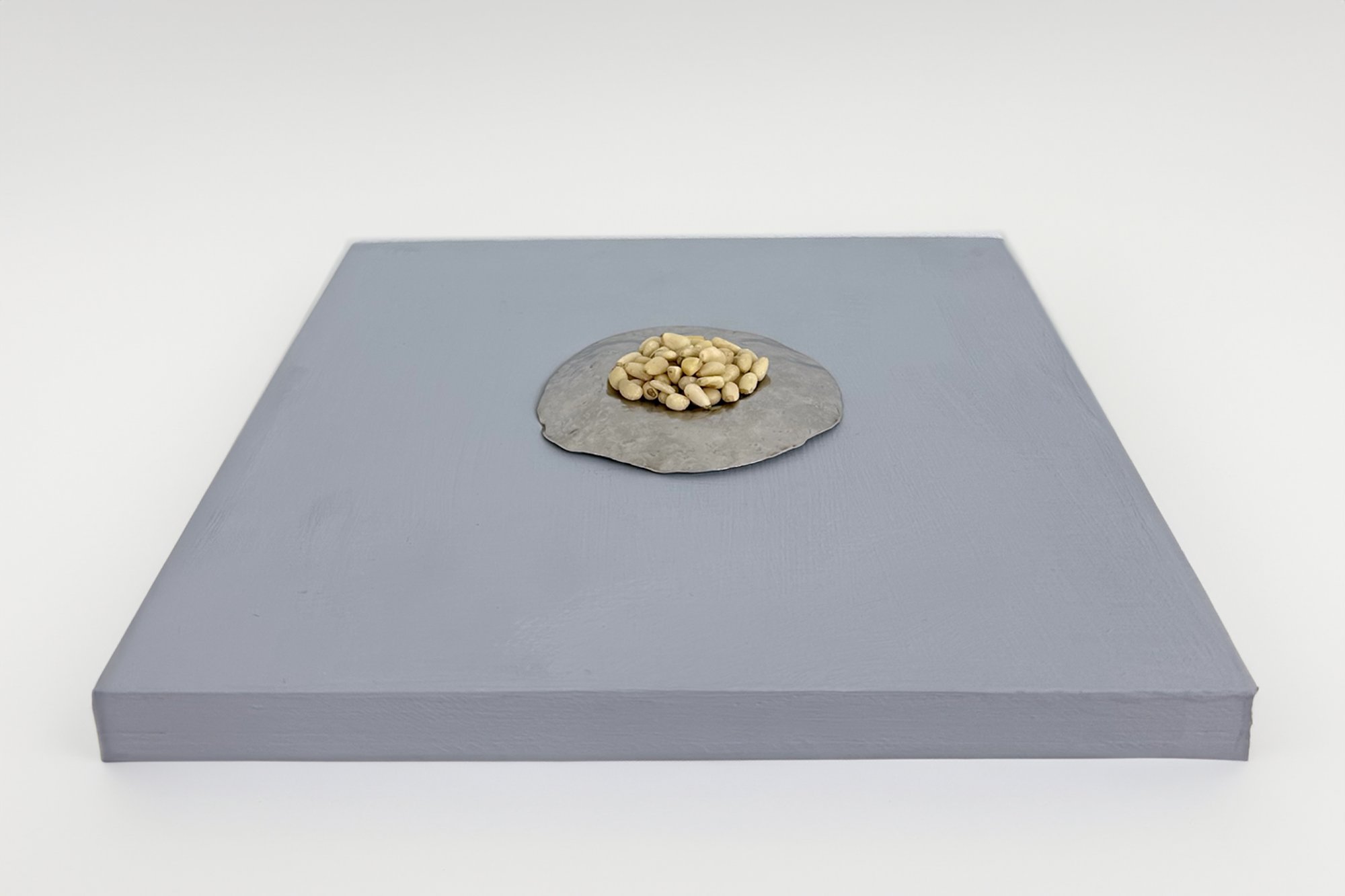
Metallurgy, the study of the properties of metal and its mixtures, began as part of the ancient practice of alchemy. Alchemists would subject metals to high heat in order to shape and reformulate new metallic forms, with records kept so that future alchemists could interpret their implications.
During the Renaissance, alchemists were concerned not only with the science of metallic elements and their interactions, but also with how this way of thinking about metal revealed hidden truths about the universe. To philosophers of the time, metallurgy was less a practical, laboratory science, and more of a journey of the mind, a quest into the unknown meant to unearth imaginative possibilities.
Alchemical metallurgy is an insight into the work of Larissa Lockshin, Salomé Lopes, and Anne Vieux. These three artists apply an imaginative approach to the metallic similar to that which the alchemists explored – imagining metal’s casting into artistic shapes, and expanding metal’s imaginative potential into reflective textures, physical forms, and modern technology.
Larissa Lockshin combines the matte pigment of oil and pastel on lustrous satin fabric that she leaves unprimed, creating breaks of light between smudges on the surface of her works’ reflective, metallic texture. Her improvisational and edited marks on this shimmering surface allow for light to bounce back and forth between pigmented blots, evoking landscapes, flowers, branches, and sky.
Salomé Lopes fabricates bowls, goblets, and vessels out of metal, and fills them with food and liquid. Evoking the magical and religious importance of metals, Lopes blurs the line between installation and ritual. By encouraging viewers to eat from these containers, and to interact with others, Lopes evokes metal’s sacred connotations, as vessels become offering bowls in a participatory project, transcend their material reality, and assume a spiritual dimension.
Anne Vieux harnesses the alchemical power of modern technology to explore the boundary between the human and the machine. She places holographic, metallic paper into a scanner, utilizing the scanner’s light source to create mesmerizing light refractions, of which she transforms using a hybrid process of digital and hand painted layers. The fortuitous interplay of light reflections and-painted bending passages result in gleaming surfaces. Her adept use of multiple digital reflections opens up new possibilities for the metallurgic imagination in the information age, serving as a poignant reminder that every time we store data, we engage in a contemporary form of alchemy.
Metallurgy presents Lockshin, Lopes, and Vieux as metallurgists of the imagination, their individual approaches to the metallic alchemizing in the gallery space, evoking the ancient in the contemporary, and the magical in the material.


